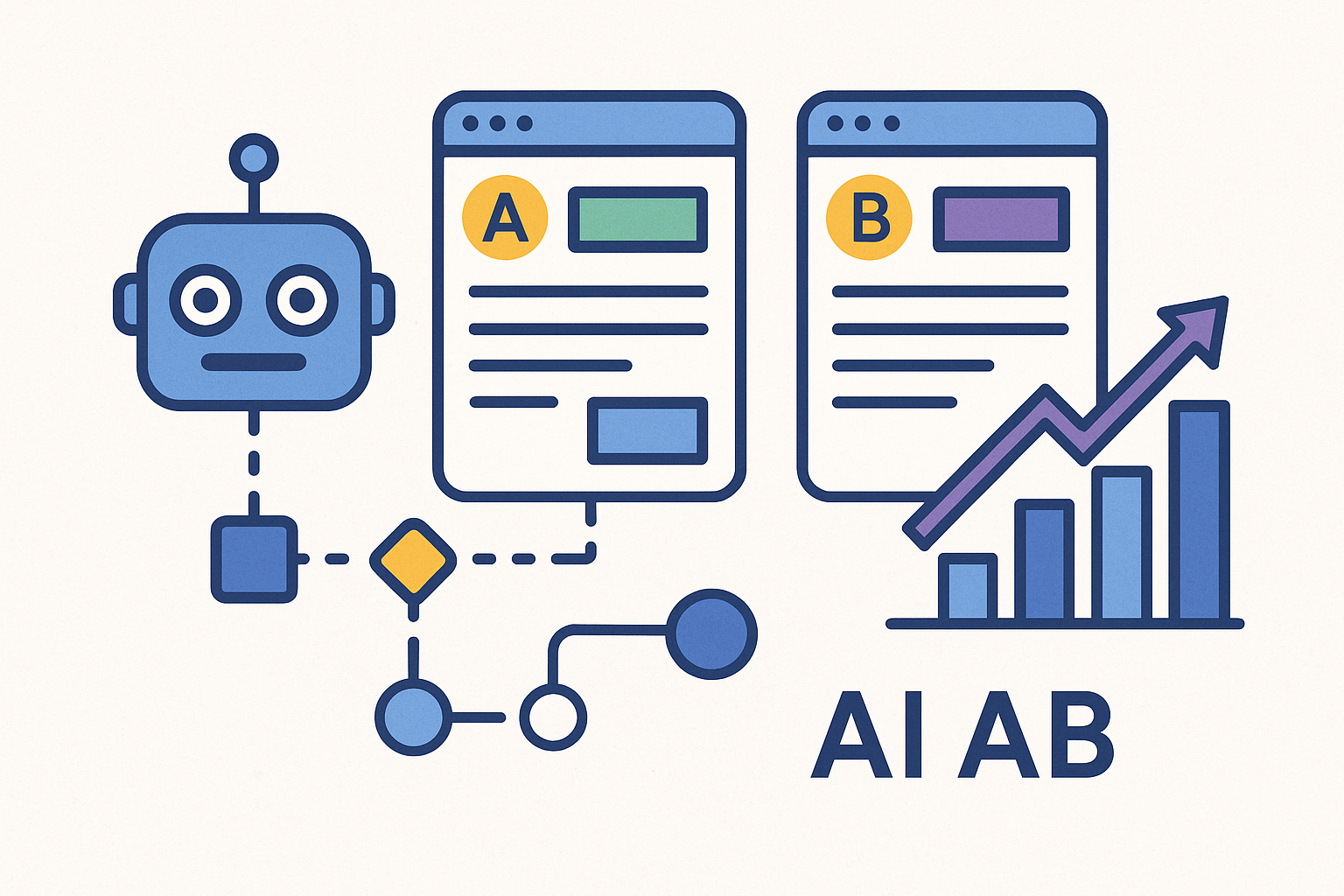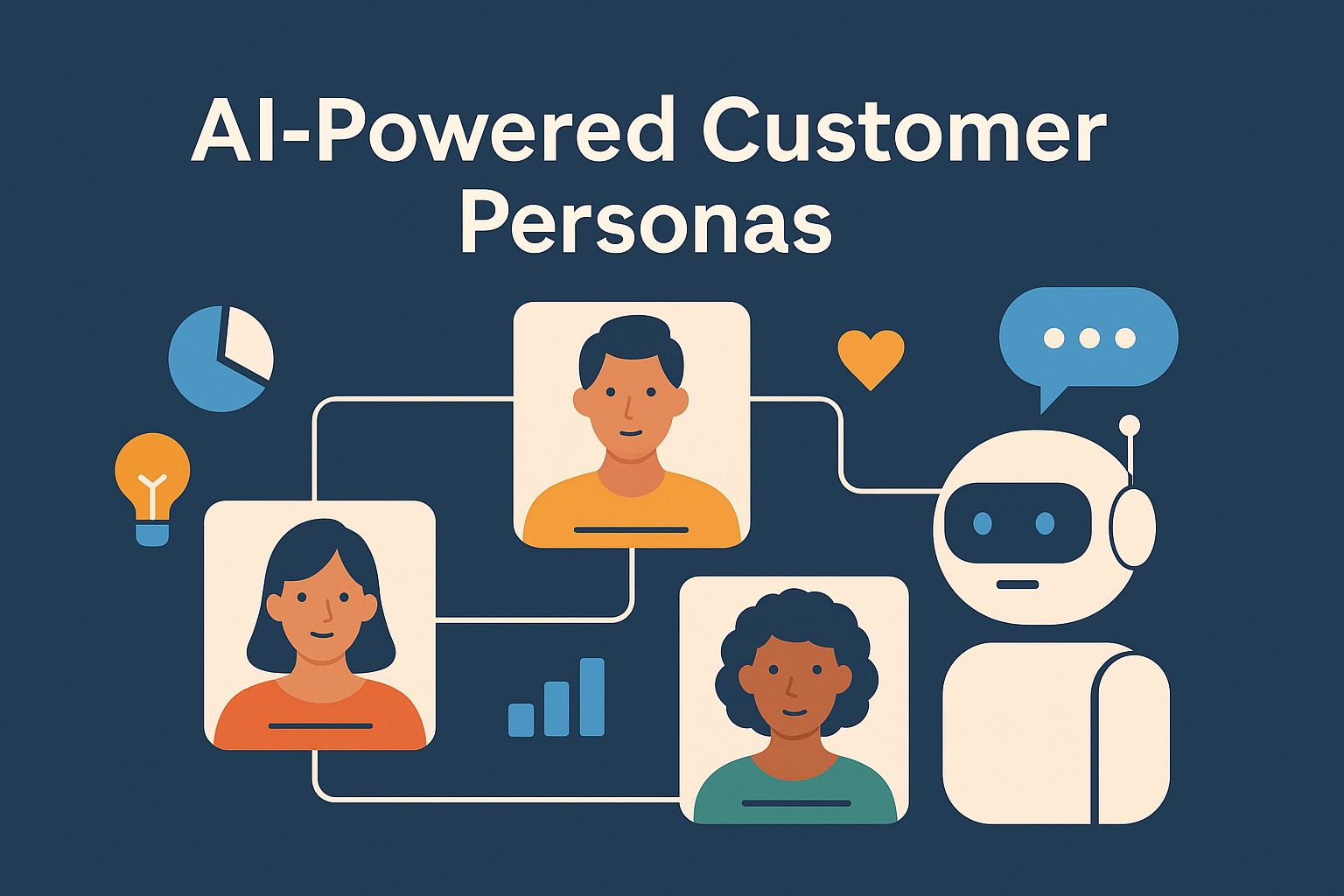AI + Web3: What This Means for Digital Marketing

AI and Web3 are two of the biggest shifts reshaping the future of digital ecosystems—but what happens when they intersect?
For digital marketers, this collision isn’t just theoretical, because it’s already changing how we understand data, target audiences, deliver content, and build trust at scale.
If you’re a lean marketing team trying to stay ahead without getting lost in the hype, you don’t need to master blockchain protocols or train your own language models. You just need to understand the key opportunities where AI and Web3 complement each other, and what those intersections mean for engagement, personalization, and performance.
Let’s break it down.
Decentralized Identity Meets Intelligent Personalization
Web3 introduces decentralized identity (DID), which gives users control over their data. Instead of logging in through Facebook or Google, users verify themselves through blockchain credentials, keeping ownership of their personal information.
That might sound like a headache for marketers used to third-party cookies, but it’s actually an opportunity.
With the rise of zero-party data—information users willingly share—AI can deliver personalization without tracking. Think recommendation engines that adapt based on wallet activity or token-gated content experiences that feel hyper-relevant because the user opted in.
Smart marketers will use AI to interpret Web3 identity signals and build real-time personalization around them, increasing both privacy and performance.
Content Creation and Distribution Gets Smarter and More Transparent
AI has already changed how we create content—from blog posts to product descriptions to synthetic voiceovers. In a Web3 context, we now have smart contracts and tokenized incentives that let content creators and brands interact in more direct, traceable ways.
Imagine launching a branded content campaign where AI writes the first draft, a DAO votes on final edits, and contributors are automatically paid in crypto via smart contracts.
And distribution? Platforms like Mirror and Lens Protocol are decentralizing content discovery and monetization. Combined with AI tools like Jasper, Murf, or Runway, creators and marketers can now produce and distribute content with both scale and ownership.
This matters because content attribution—often a gray area in Web2—becomes verifiable in Web3. Blockchain-backed provenance means knowing who made what, when, and how it was used.
Community-Led Brands Powered by AI Insights
Web3 puts communities at the center of brand ecosystems. Tokens, DAOs, and NFTs make participation measurable and rewarding. But managing a community of thousands (or millions) takes more than a Discord channel.
AI can help moderate conversations, surface sentiment trends, and suggest content or campaign adjustments based on real-time feedback. Imagine an AI dashboard that analyzes your DAO’s governance chats and flags emerging topics or conflicts.
This isn’t just futuristic, it’s happening now. Tools like DeepDAO are already mapping on-chain community behavior. Paired with NLP-powered tools like ChatGPT or Synthesia, you can translate those signals into strategy: what your audience cares about, what they’re frustrated by, and what will increase participation.
Smarter Ad Targeting Without the Creepy Surveillance
We’re moving toward a world without third-party cookies.
In Web3, this shift is amplified as users own their data and choose when to share it. AI can interpret anonymized on-chain behavior (like what NFTs a user holds or what DAOs they’ve joined) to create context-aware targeting.
Instead of buying lists or running endless A/B tests, marketers can build predictive models based on wallet behaviors, token usage, and smart contract interactions.
Companies like Ocean Protocol are experimenting with decentralized data marketplaces, where users can sell access to anonymized insights. AI tools could then aggregate and analyze that data for highly relevant, consent-based targeting.
It’s like giving users the privacy they deserve and the personalization they secretly want.
What to Watch Out For
Of course, none of this is turnkey because AI hallucinations are real and Blockchain UX still needs work. However the regulatory landscape for data, tokens, and digital identity is shifting.
If you’re building marketing strategy at the intersection of AI and Web3, you need to:
- Vet AI content for accuracy, tone, and compliance
- Watch for over-automation in community management
- Consider the environmental impact of certain blockchains
- Stay up to date with evolving privacy laws and data rights
Most importantly, don’t adopt tech for the sake of novelty. Use it to solve actual problems—content bottlenecks, engagement drops, resource constraints.
AI and Web3 aren’t just trends—they’re toolkits. When used strategically, they help lean teams move faster, build trust with their audience, and personalize at scale without creeping anyone out.
We’re at the beginning of this convergence.










